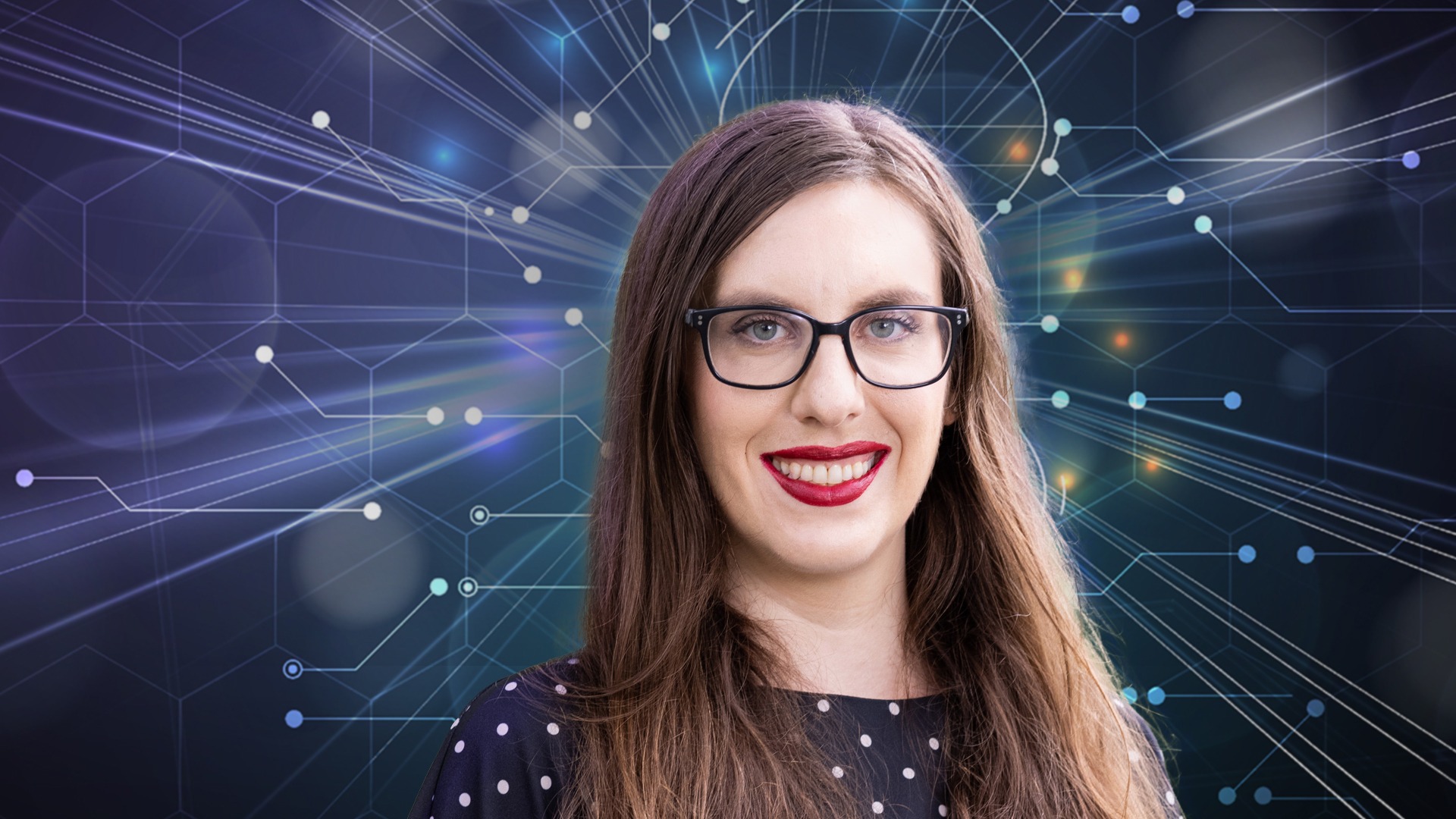New DDLS Fellow: Laura Carroll
Laura Carroll (Umeå University) is the second SciLifeLab & Wallenberg National Program for Data-Driven Life Science (DDLS) Fellow to be featured in our Q&A-style article series. So far, seven DDLS Fellows have been recruited at Chalmers, Umeå University, Linköping University, Uppsala University, and The Swedish Museum of Natural History (NRM).
Laura received her undergraduate degrees from Michigan State University in 2014, and received her Ph.D. from Cornell University in 2019. She has been working as a Postdoctoral Fellow at the European Molecular Biology Laboratory (EMBL) in Heidelberg, Germany since 2019. During her Ph.D. she was also a U.S. National Science Foundation (NSF) Graduate Research Fellow. Laura will join the Epidemiology and biology of infection DDLS research area.
How do you think your expertise can contribute to the program?
As a computational biologist, my expertise lies in developing and applying computational methods to derive meaningful biological conclusions from large amounts of genomic data. I’m hoping that the methods I develop as a DDLS Fellow can help others make sense of their data, so that they can gain valuable biological insights into their organisms or systems of interest.
Shortly describe your research in an easy to understand way.
Zoonotic pathogens pose a serious threat to global public health, and massive efforts to sequence the genomes of these pathogens are being undertaken. As a researcher, I use these large data sets to monitor pathogen evolution and answer relevant biological questions; e.g., where did this pathogen come from? When did it start infecting humans? Why is it dangerous? In short, I try to understand how the interplay between humans, animals, and the environment can contribute to pathogen emergence…using lots of As, Cs, Gs, and Ts!
How do you think the program and interactions with the other DDLS-Fellows will benefit you?
While I have yet to officially start as a faculty member, I have already received so much support from the DDLS Program and Umeå University, which will allow me to hit the ground running with my own research group. In the future, I’m especially looking forward to collaborating and exchanging ideas with other DDLS Fellows interested in the intersection between biology and data science.
Name one thing that people generally do not know about you.
As an undergraduate, I took a history class, fell in love with the field, and continued to take more history classes; so, in addition to my studies in computational biology, I also received a Bachelor of Arts degree in history!
Where do you see yourself in five years regarding the DDLS aspect?
Hopefully, in five years, I’ll be developing in silico approaches, which can leverage large amounts of microbial genomic data to improve pathogen surveillance. Additionally, I’m hoping to work alongside and mentor a diverse team of computational biologists and bioinformaticians and foster an inclusive and engaging research environment.
In one word, describe how you feel about becoming a DDLS-Fellow.
Honored!





